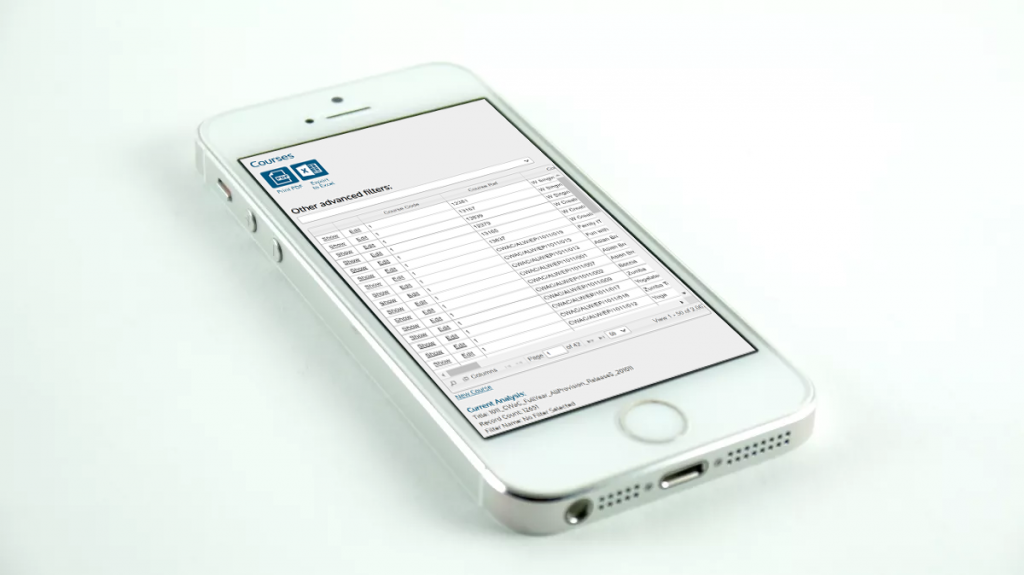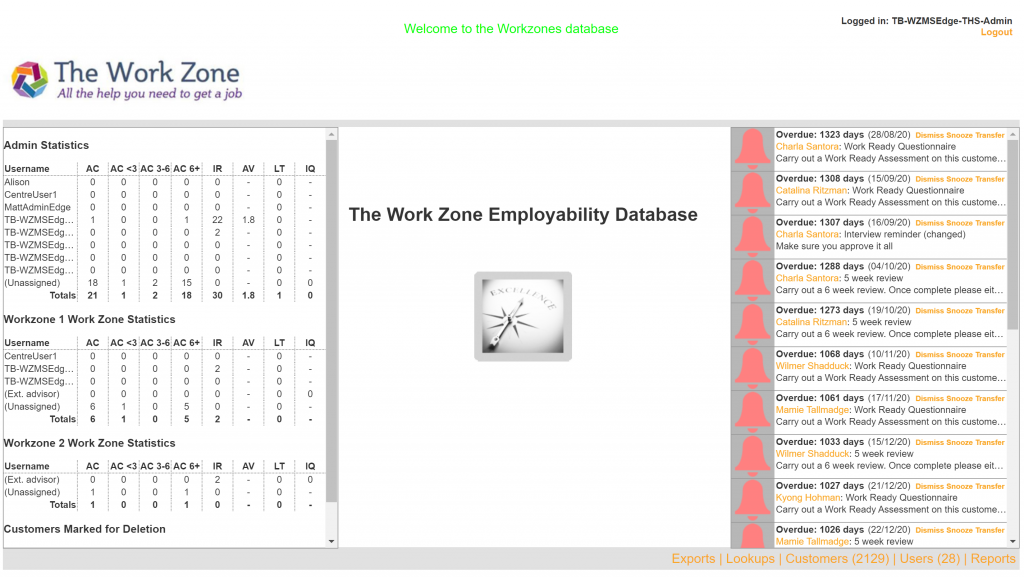From the archive – first published 23/07/2013
Are Apps a Step Backwards for Software?
Apps, as popularised by the iPhone, are fantastic and are undoubtedly here to stay—at least in the medium term.
The web, however, is just as great, and it’s safe to say it’s here for the long run.
“As good as apps are, they represent a step backwards for software.”
At present, mobile apps—at least as we’ve come to know them—are platform-specific, requiring developers to build separate versions for each system. While apps offer great functionality, they also reintroduce the same support and maintenance issues we faced with desktop software.
Back when we (Terrabase) primarily developed desktop applications, we encountered these problems all too often. Our Windows software wouldn’t work on Macs or other platforms. Unique bugs arose due to specific hardware quirks. Updates disrupted users and couldn’t always be guaranteed.
Modern mobile apps bring back many of these issues—though, to be fair, updates and distribution are somewhat smoother now.
The Web Solved These Problems
The web eliminated many of these challenges. We could develop software using our preferred technologies, and as devices evolved, users could still access their tools without compatibility concerns—except, perhaps, with Internet Explorer.
Updates were applied in one place, tested in multiple environments, and instantly available to all users. Software was accessible from anywhere, and many of the difficulties of native applications simply disappeared.
“The experience now feels like using a native app.”
Historically, web applications lacked the simple, intuitive usability of native apps. However, with modern development techniques—leveraging HTML5, AJAX, and similar technologies—this gap has closed.
Single-page web apps operate within a single browser page, using dynamic updates to deliver seamless, app-like interactions.
“Easier to support, update, and manage—while delivering a delightful user experience.”
Take the eBay iOS app, for example. Using a single-page web app approach, a similarly dynamic and responsive experience could be built within a browser, optimised for touch interaction.
By developing it as a web app rather than a platform-specific application, users could seamlessly switch between devices—opening it on an iPad, continuing on an Android phone, and then picking up on a Mac or Windows machine, all without needing separate installations.
For developers, this approach is a win-win. It means we only build the application once, reducing costs for clients while improving productivity. The result? A software solution that’s easier to support, update, and manage—without the hassle of app store restrictions.
At Terrabase, we’re currently developing web-powered, iOS-style applications for major organisations. These will be available for demonstration in the next six months—watch this space.



